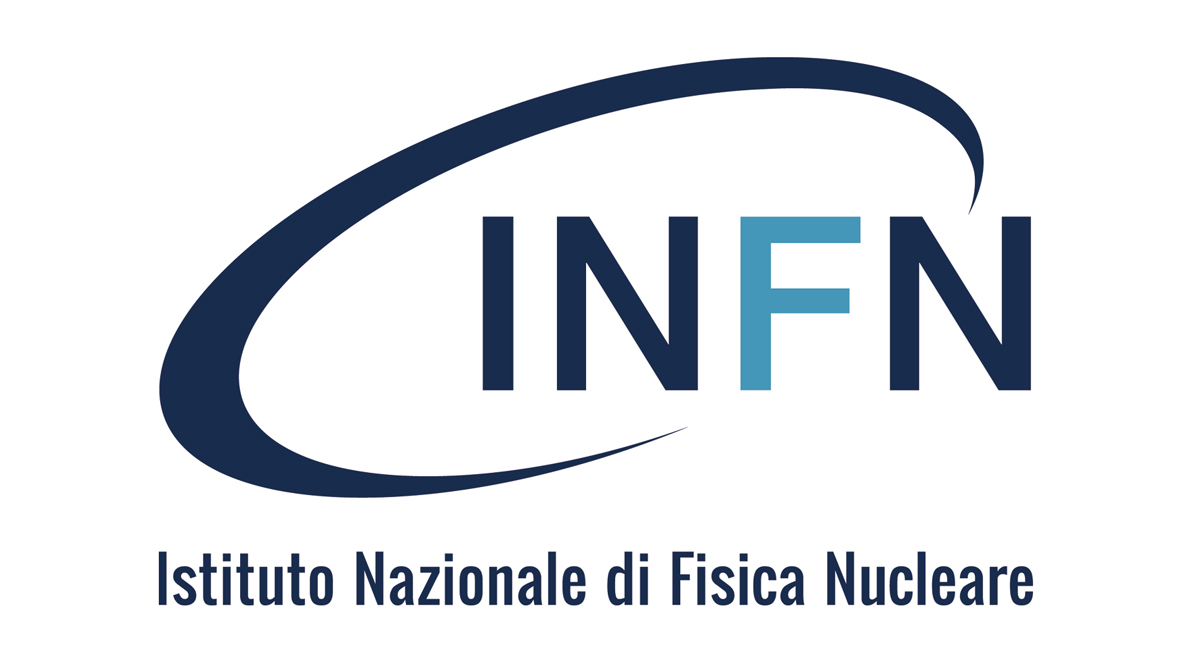Effective Field Theory Pollica
High energy physics meets low energy phenomena
Throughout the history of quantum field theory there has been a rich cross-pollination between high energy and condensed matter physics. From the theory of renormalization to the consequences of spontaneous symmetry breaking, this interaction has brought tremendous progress in our understanding of natural phenomena. The recent developments in our systematic study of conformal field theories and new phases of matter, the conformal bootstrap, gauge/gravity and other types of dualities, have re-ignite a fervent exchange between high energy and condensed matter theorists which has brought already remarkable progress.
The first Pollica Summer Workshop on Effective Field Theories aims to bring together theorists working on a broad range of ideas and techniques from high to low-energy physics, all working in the beautiful setting of the medieval town of Pollica in Southwestern Italy (Cilento region). The workshop is scheduled for the dates of 20th June to 1st July 2022.
Location: The workshop will take place in Castello dei Principi Capano, see the map for also nearby restaurant suggestions.
Remote attendance: Those who want to attend the seminars remotely, they can do so at the following zoom link:
https://theias.zoom.us/j/87514418020
Questions and comments will be handled via the chat. The Friday discussion sessions will not be available in the remote format.
Invited Speakers:
Alexander Abanov, University of Stony Brook, NY, USA,
Alexander Altland, University of Cologne, Germany,
Natan Andrei, Rutgers University, NJ, USA,
Mitali Banerjee, EPFL Lausanne, Switzerland,
Alexey Boyarskiy, Leiden University, Netherlands,
Luca Delacretaz, University of Chicago, IL, USA,
Eugene Demler, ETH Zurich, Switzerland,
Andrey Gromov, Brown University, RI, USA,
Alex Kamenev, University of Minnesota, MN, USA,
Anatoli Polkovnikov, Boston University, MA, USA,
Riccardo Rattazzi, EPFL Lausanne, Switzerland,
Ira Rothstein, Carnegie Mellon University, PA, USA,
Jörg Schmiedmayer, Wien University, Austria,
Maksym Serbyn, IST Austria, Austria,
Grigory Tarnopolsky, Carnegie Mellon University, PA, USA,
Alessandro Vichi, Università di Pisa, Italy,
Silke Weinfurtner, Nottingham University, UK,
Yizhi You, Princeton University, NJ, USA.
Scientific and organizing committee:
Vadim Cheianov (Leiden University),
Roberta Citro (UniSA),
Angelo Esposito (Princeton IAS),
Alessandra Lanzara (UC Berkeley),
Mario Martone (King's College),
Riccardo Penco (Carnegie Mellon),
Riccardo Rattazzi (EPFL Lausanne).
Local Scientific and Organizing committee:
Vittorio Cautadella (UniNA),
Ofelia Durante (UniSA),
Claudio Guarcello (UniSA),
Gaetano Lambiase (UniSA).
Sponsored by:



CIG: Y323699BB1; CUP: B29D20000060009

